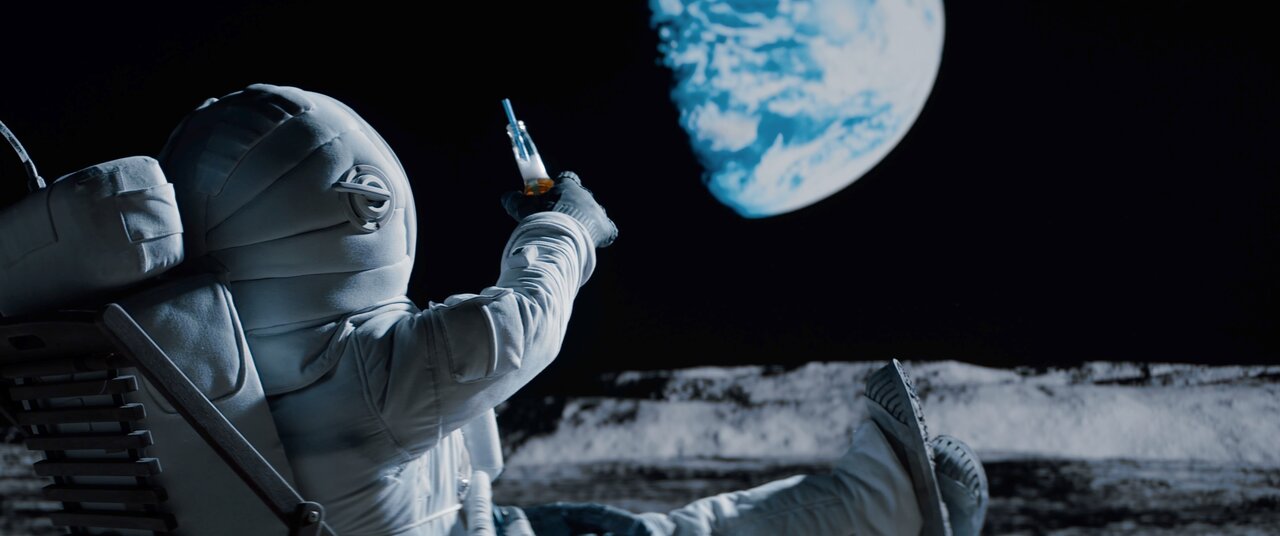By Joel Nelson on July 19, 2024 in News
The moon has been orbited, sampled by uncrewed spacecraft, walked and driven on by humans, and proposed as a waystation for interplanetary travel.

With the Earth facing steady population growth and diminishing resources, its only natural satellite has also been targeted as a potential source of valuable materials. Proposals to secure those resources have been gaining steam among governments and private operators alike.
“The pace is quickening for using Earth’s moon as a near-term, go-to location to land on, live and explore,” veteran space journalist Leonard David reported last year.
Proposals to mine, process and use the moon’s resources certainly are dramatic, but are the feasible?
What’s there?
Years of examination, including sample return missions by U.S., Russian and Chinese spacecraft, have revealed a trove of potentially valuable elements within lunar soil and rock. One of them is helium-3, an isotope created from the moon’s continuous bombardment by ionized hydrogen and ionized helium from the solar wind. Helium-3 is rare on Earth, but NASA believes there are tons of it on the moon and could represent a source of clean, renewable energy.
Proponents of harvesting lunar helium-3, including Apollo 17 moonwalker Harrison Schmitt, envision fusing it with deuterium to produce energy without making surrounding materials radioactive.
Seattle-based Interlune, whose founders include Schmitt and officials from space technologies provider Blue Origin, is raising funds to develop technology that could prospect and harvest helium-3 and other materials by 2030.
NASA and private companies are also eyeing the possibility of extracting and processing oxygen, titanium, iron, aluminum and other elements for use in sustaining a functioning moon base and building a launch pad for missions to Mars. Other materials, such as rare earth elements used in smartphones, computers and other advanced technologies, are also present in moon rocks and soil.
Then there’s water, once thought impossible to exist on the moon. Its presence in ice form in permanently shadowed lunar craters was confirmed in 2008. Along with being crucial for human life, water’s components can also be used for rocket fuel. Further exploration of water is a priority for NASA’s Artemus moon return missions, and several research groups are looking into ways to identify and remove contaminants.
Is mining possible technically?
It’s not clear whether outposts comprising spacecraft refueling systems, base camps and life-sustaining systems can be created in an environment as inhospitable as the moon. NASA has selected five private companies to join its efforts to figure out how to launch and land payloads on the moon in preparation for the return of human crews.
Skeptics say proponents exaggerate the prospects for moon mining and that most of the legal, technological and financial hurdles remain unresolved. Henry Hertzfeld, an economist and professor of space law at George Washington University, says that would-be miners have a long way to go to prove the moon holds economically valuable resources.
Can it be done politically?
A United Nations treaty in 1967, along with a follow-on pact from 1979 that has not been ratified by any major space power, forbids any nation or non-governmental entity from claiming sovereignty over the moon. Some experts aren’t sure if that that prohibition would apply to private entities seeking to claim a part of the moon. NASA’s Artemis Accords aim to establish a common suite of principles to govern the civil exploration and use of outer space, but they, along with a set of rules proposed by China, are only proposals to date. Moreover, the U.S., China and Russia have competing visions of how the lunar realm should be used and protected.
“Space mining is subject to relatively little existing policy or governance, despite these potentially high stakes,” RAND Corporation researchers noted in 2022. “The law is unclear and full of gaps,” a Reuters report added the following year.
“Technologically we may be able to do it, but will it really be viable from a business perspective or even from a government cost perspective?” Hertzfeld says. “Those are the questions we can’t answer.”


